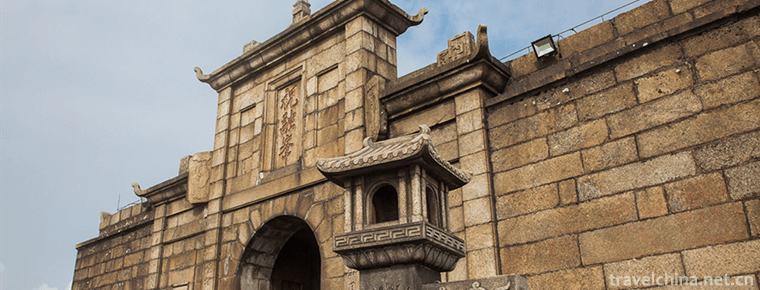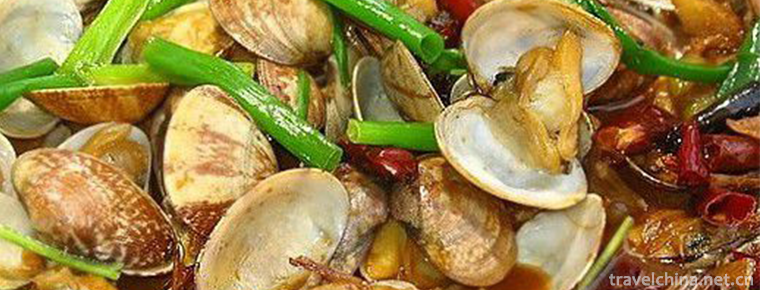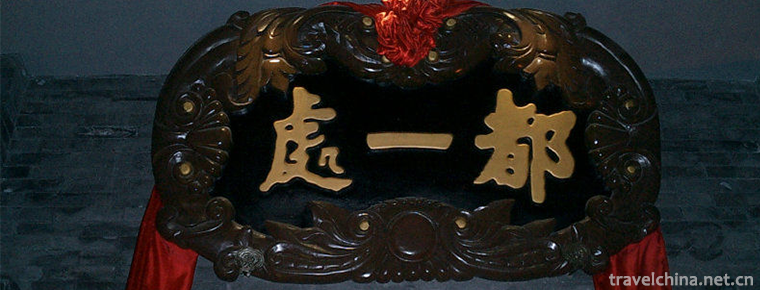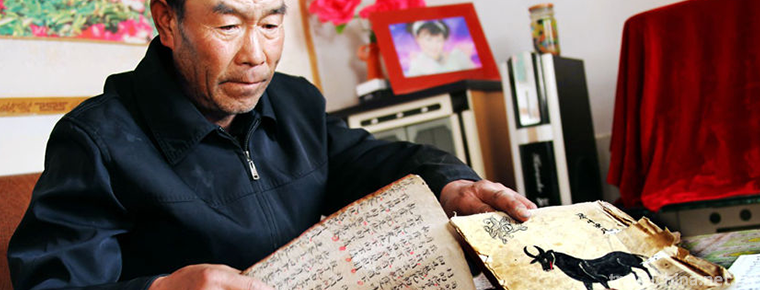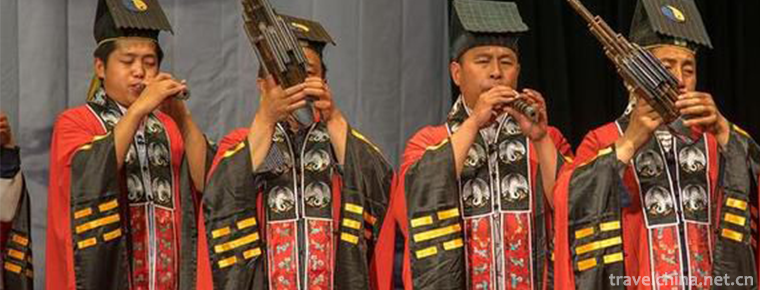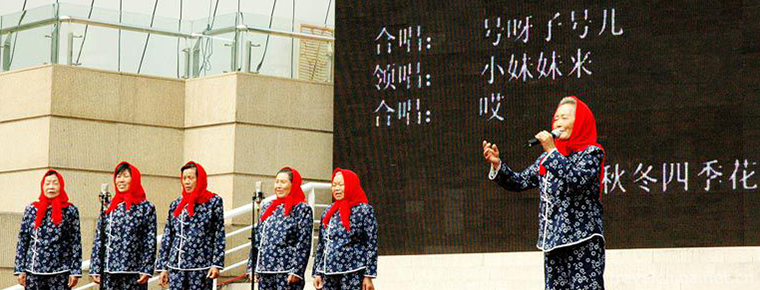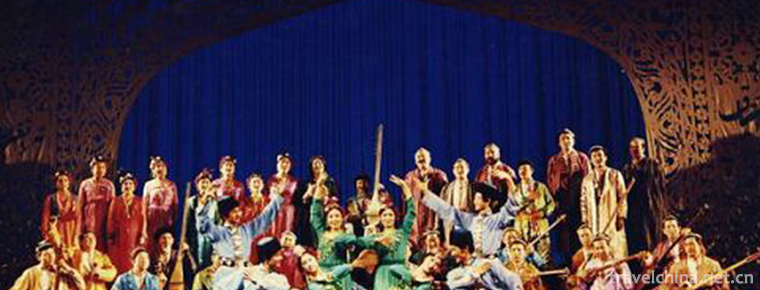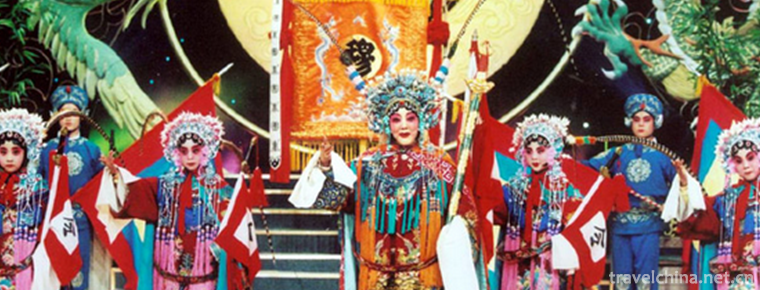Production Techniques of Liuyang Fireworks
Production Techniques of Liuyang Fireworks
Liuyang fireworks production technology, Liuyang City, Hunan Province, local traditional handicraft, one of the national intangible cultural heritage.
Liuyang fireworks production in Hunan has a long history. According to records, it began in Tang Dynasty and flourished in Song Dynasty. During Kangxi period of Qing Dynasty, the production had a considerable scale. By Guangxu period of Qing Dynasty, it had been sold to Hong Kong, Macao and Nanyang of China and became a famous brand product.
On May 20, 2006, Liuyang fireworks production technology was approved by the State Council and listed in the first batch of national intangible cultural heritage list, project number: _-86.
historical origin
The development of Liuyang fireworks can be divided into five stages: invention stage, decentralization stage, concentration stage, rectification stage and promotion stage.
Invention Stage (Late Sui and Early Tang-1127)
The original motive of the origin of fireworks is to drive away evil spirits. More than 1300 years ago, Liuyang Dayao Li Ge (born on April 18, 601, died on December 18, 690) invented firecrackers on September 18, 621. According to the Record of Chinese Industry, firecrackers "began in Tang Dynasty, flourished in Song Dynasty and originated in Liuyang".
Decentralization (1127-1949)
In the Southern Song Dynasty (1127-1279), fireworks appeared officially, and firecrackers were hanging from each other. Since then, despite frequent wars, the traditional industry of firecracker production has remained in Liuyang. The Yuan Dynasty (1279-1368) was in a period of war for most of the time, and the production of fireworks stagnated. In the late Ming Dynasty (1368-1644), capitalism began to germinate and private workshops prevailed. Liuyang fireworks developed rapidly and laid a foundation for large-scale production in the future. In the early years of Qing Jiaqing (1796-1820), the fireworks industry in Liuyang had made great progress. More than 200,000 people engaged in fireworks production and manufacture in Dongxiang, Nanxiang and Xixiang during their leisure time, more than 300 workshops in County towns, more than 2,500 workers, and annual output was over 140,000 boxes (200,000 rings in one box). During the Tongzhi period of the Qing Dynasty (1862-1874), Liuyang fireworks formed a large industry. In the area of Dayaopu, Diamond Head, Chengtan River, Wenjia City, Yanghua and Nanshi Street in Nanxiang, 80% of the households engaged in fireworks production, which is known as "ten families and nine explosions". More than 5000 workers produced fireworks, and the annual output remained around 250,000 boxes. From then on, Liuyang fireworks continued to develop, "manufacturing to improve, reputation is far-reaching." From the Qing Dynasty (1875 - 1908) to the early years of the Republic of China, Liuyang fireworks became a famous and special product of Hunan, and it was the representative and pride of Hunan fireworks.
Concentration Phase (1949-1996)
After liberation, Liuyang fireworks industry, after socialist transformation, established fireworks factories, and realized the transformation from decentralized to more centralized factories. The products of Liuyang fireworks industry also developed from single fireworks to fireworks. The famous fireworks factories of Chengguan Export and County Export are comparatively well known. The fireworks product "The Earth Blossoms" invented by the master of fireworks arts and crafts Zeng Pei-gan has been flourishing for decades since it was put on the market. Liuyang fireworks began to go abroad and spread all over the world. In the early 1960s, Liuyang Fireworks accelerated its contacts with all provinces and municipalities in the country. By the end of 1983, Liuyang County Fireworks Supply and Marketing Cooperatives had established regular business contacts with 273 Fireworks Operating Companies in 25 provinces, municipalities and autonomous regions in China. At the same time, with the continuous expansion of production scale, Liuyang fireworks foreign trade has also developed rapidly. By 1985, Liuyang fireworks were exported to more than 60 countries and regions around the world. Among them, the major sales are the United States, Germany, Japan, Switzerland and Norway. Liuyang's share of fireworks exports has always been the first in the world, and has been increasing year by year.
Rectification Phase (1997-2003)
Property rights replacement (1997-1998, known as a fireworks revolution), in 1997 began to carry out a comprehensive reform of enterprise property rights system, the implementation of asset replacement, vigorously develop joint-stock enterprises and private enterprises throughout the industry, and achieved remarkable results. In 1987, the county produced 1836,000 cases of fireworks, with an output value of 213 million yuan. By 2003, the city's total fireworks output reached 2.562 billion yuan. Factory transformation (1998-2003, known as the Second Revolution of Fireworks): Since 1998, Liuyang has begun the modernization and standardization of factory transformation. At the city fireworks work conference, the author put forward the idea of "renewing ideas, carefully deploying, strengthening measures, speeding up development, and setting off the upsurge of modern industrial revolution of Liuyang fireworks". By 2003, more than 800 enterprises in the city had carried out plant renovation and invested 600 million yuan in expansion and renovation.
Promotion Phase (Beginning in 2004)
Since the establishment of Jinsheng fireworks group in 2003, seven fireworks groups have been established in 2004, including Dongxin, Guangyuan Feiying, Fuxiang, Wenhua Mountain, Wanle, Jiteng and Hekou. In 2005, Dahu Art Fireworks Group and Guandu Fireworks Group were established, forming ten groups. It lays a solid foundation for the collectivization and large-scale operation of Liuyang fireworks. On November 9, 2005, the Municipal Party Committee and the Municipal Government held the "Three Revolutions of Fireworks" at Ouyang Ziqing Theatre in Liuyang City District to speed up the work of mechanized transformation (also known as the Third Revolution of Liuyang Fireworks).
Process characteristics
Liuyang fireworks have novel structure and beautiful decoration. When they are set off, they are colorful and vivid, which can give people a fresh, relaxed and happy feeling. Especially in the night, the golden flowers are splashing, colorful, or spinning and leaping to the ground, or flying and shining in the sky, which makes people unable to see, so it is given the name of "Liuyang fireworks shocked the world".
The production of Liuyang fireworks adopts traditional handicraft technology, using local materials such as earth paper, soil nitrate, sulfur, charcoal powder, red and white clay as processing raw materials, with a total of 12 processes and 72 processes. With the development of modern science and technology, practitioners have successfully developed safe, reliable and pollution-free smokeless fireworks, cold-light fireworks, dayview fireworks, indoor and stage fireworks and other high-tech new products, and has reached the world's leading level. Firecracker ignition can also be changed from traditional manual ignition to remote control ignition, and the firing program is all controlled by computer.
Inheritance and protection
Inheritance value
Liuyang fireworks have an indissoluble bond with ancient Chinese folklore. In traditional festivals, people all set off firecrackers and fireworks to celebrate. Fireworks must also be set off during various sacrificial ceremonies. At the same time, the firecracker industry has led to the development of mineral, paper, printing, packaging and other industries.
Inheriting characters
Zhong Ziqi, male, was born in December 1956. On May 26, 2009, Zhong Ziqi was selected as the representative successor of the third batch of national intangible cultural heritage projects and declared in Liuyang City, Changsha City, Hunan Province. Project name: Liuyang fireworks production skills.
protective measures
Since the 1980s, Liuyang City has started the training of fireworks technology production technology, and has established the fireworks technology association, fireworks ignition Association and safety education training center, specially responsible for the training of fireworks technology and technology.
Since the 1990s, Liuyang City has further intensified its training efforts. In combination with the training of technical titles, it has carried out training in production safety operation, safety management, fireworks firing operation and fireworks design, with a cumulative training of more than 200,000 people.
social influence
Important activities
Liuyang fireworks were set off during the major celebrations at home and abroad, such as the 2008 Olympic Games, the 60th anniversary of the National Day in 2009, the 2010 Shanghai World Expo and the Guangzhou Asian Games.
On the evening of November 3, 2017, the opening ceremony of the 13th China (Liuyang) International Fireworks Cultural Festival and fireworks literary and artistic performance opened in the fireworks viewing stage, in which Liuyang fireworks were set off.
Honorary commendation
In 2006, the combination fireworks "W-type Jinwei Sanlan+Silver Fish" won the first Hunan Fine Arts and Crafts Prize of "China Red" Cup; in the same year, Zhong Ziqi's "Five Colors Flowers" won the "Golden Phoenix" Innovative Product Design Prize at the 41st International Tourism and Crafts Fair and International Gifts and Family Goods Exhibition; in the same year, Zhong Ziqi's gift of creation. Flower "Hibiscus Flower" won the bronze prize of "Golden Wind and Phoenix" Innovative Product Design Competition at the 41st International Tourism and Crafts Fair and International Gift and Household Products Exhibition.
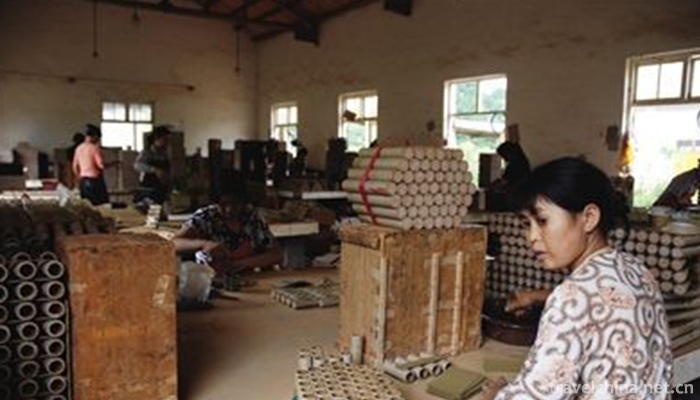
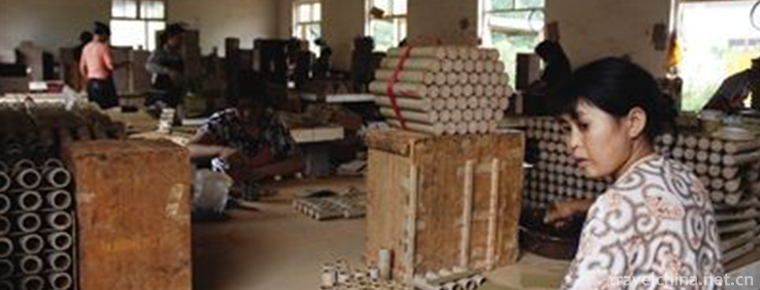
-
Jiulong Mountain Rural Tourism Scenic Area
Mianzhu Jiulongshan Rural Tourism Scenic Area is located in the northwest of Mianzhu City, Sichuan Province. It is a characteristic rural tourism area
Views: 146 Time 2018-12-22 -
Hengshan Scenic Area
Hengshan Scenic Area, located in Nanyue District of Hengyang City, is a holy place of Quanzhen sect, the mainstream Taoist religion, with an elevation of 1300.2 meters. Because the climate conditions
Views: 152 Time 2019-01-16 -
Babao raw shell fresh shellfish
Babao raw shell fresh shellfish is a traditional famous dish in Shandong Province, which belongs to Shandong cuisine. It is made of fresh shellfish, pure winter bamboo shoots, watery mushroom, shrimp,
Views: 203 Time 2019-03-27 -
Plaque Custom Hakka Plaque Custom in South Jiangxi
Hakka plaque custom in southern Jiangxi has gradually developed with the migration of northern scholars to southern Jiangxi. Hakka traditional custom in rural areas has been formed
Views: 151 Time 2019-04-04 -
Duyi barley roasting technology
Duyi Maiguan was opened in 1738, the third year of Qianlong in Qing Dynasty. The entrepreneur's surname is Wang, and his native place is Shanxi. For the first time
Views: 208 Time 2019-04-28 -
Hexi treasure roll
Hexi Baojuan, a traditional folk literature in Liangzhou District of Wuwei City and Suzhou District of Jiuquan City, Gansu Province, is one of the national intangible cultural heritages.
Views: 126 Time 2019-05-03 -
Sheng Guanyue in Jizhong
Jizhong Sheng wind music is popular in Jizhong Plain, that is, south of Beijing, west of Tianjin, north of Cangzhou and Dingzhou frontline nearly 30 counties and cities of traditional drum music varie
Views: 307 Time 2019-05-05 -
Maoshan chant
Maoshan chant is a traditional folk song originating in Maoshan area of Xinghua City, Jiangsu Province. It is a kind of folk song that people in Maoshan use chant form with chant words to stimulate em
Views: 145 Time 2019-05-28 -
Uygur Daolang Maxi Refu
Maigaiti County is located in the southwest of Xinjiang Uygur Autonomous Region. It is a typical Uygur inhabited area. About 89% of the population is Daolang Uygur who can sing and dance well. Among t
Views: 155 Time 2019-06-26 -
Henan Opera
Henan Opera, originating in the Central Plains (Henan), is one of the five major Chinese operas and the largest local opera in China. Contemporary Henan Opera has followed Henan Satellite TV, Henan He
Views: 230 Time 2019-07-16 -
Gesala Ecotourism Area
Gesala eco-tourism area is located in Yankou Township, walai Township, Wenquan Township and Qinghe Township in the northwest of Yanbian County, Panzhihua City. It is located at the junction of Sichuan Province and Yunnan Province.
Views: 372 Time 2020-10-15 -
Nanchong science and technology
In 2019, Nanchong implemented 97 key science and technology plan projects, an increase of 7.8% over that in 2018, including 83 national and provincial science and technology plan projects. It won 11 provincial science and technology progress awards. In the whole year
Views: 149 Time 2020-12-17

